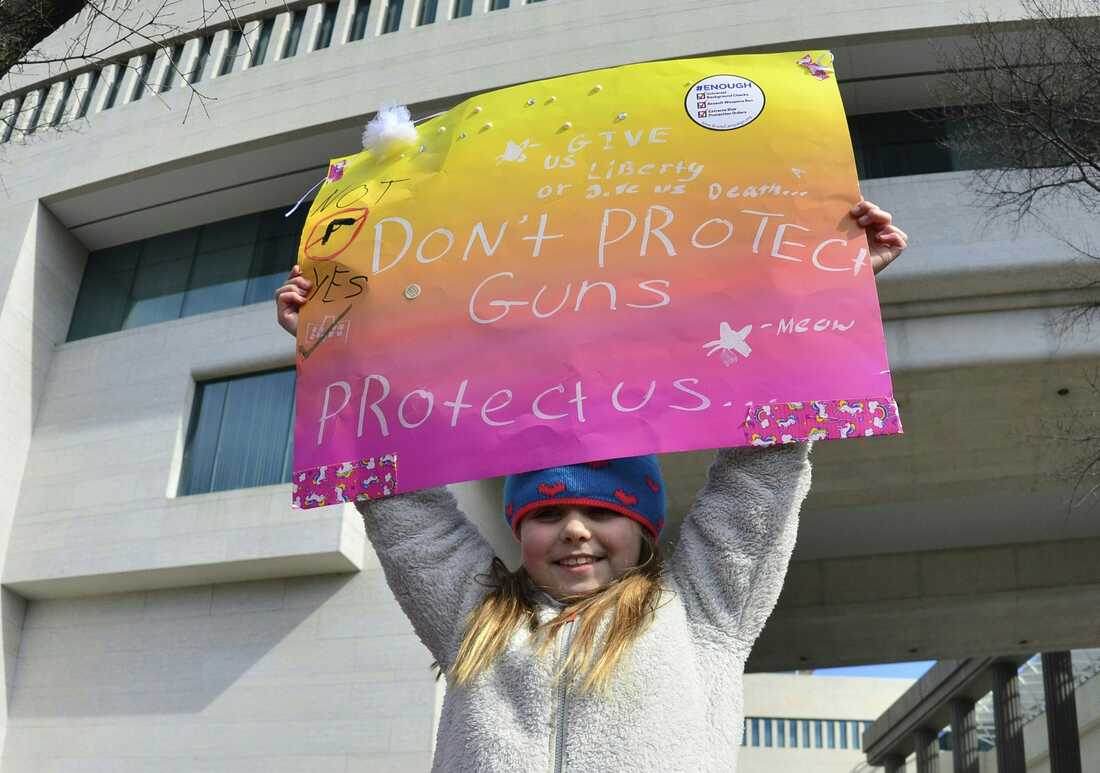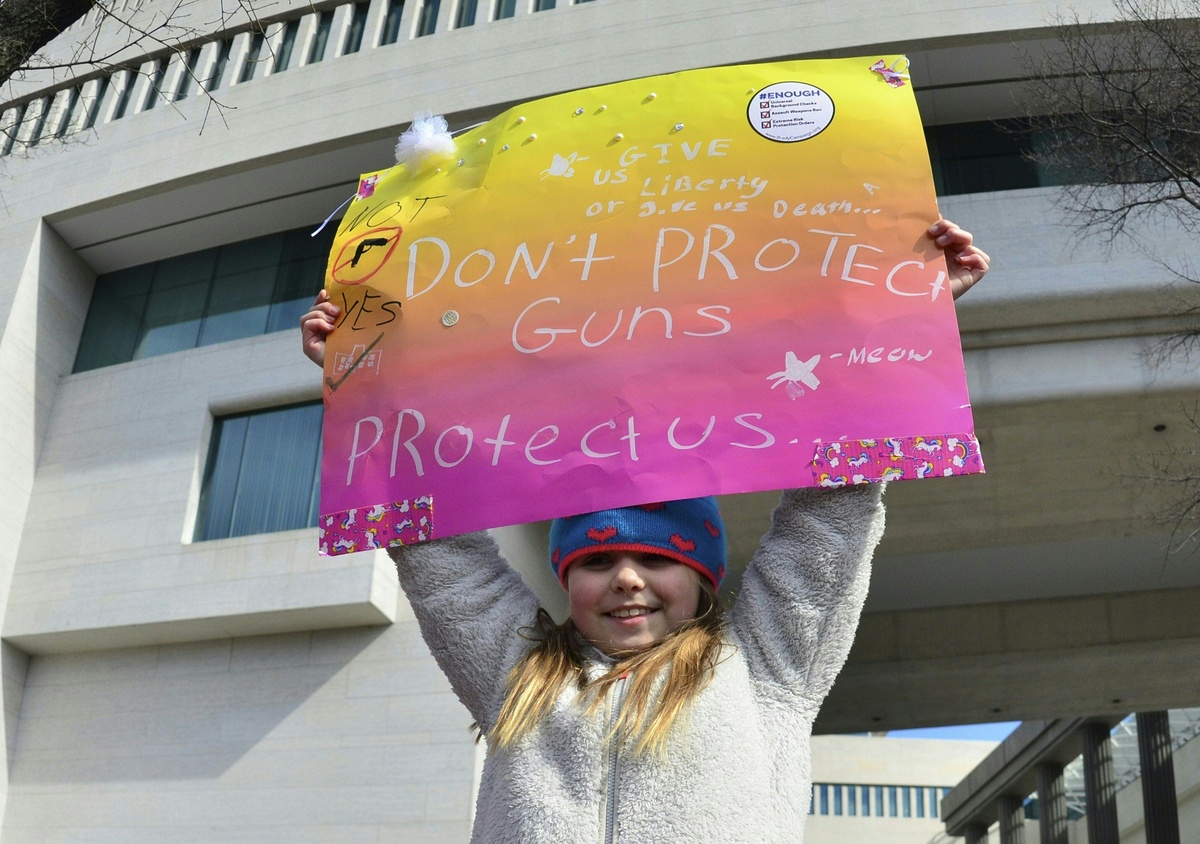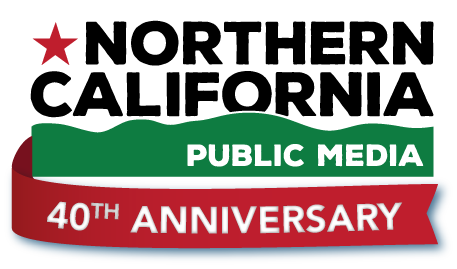
A little girl hoists a placard at the first March for Our Lives rally in Washington, D.C. in March of 2018. Eva Hambach/AFP/Getty Images hide caption

A little girl hoists a placard at the first March for Our Lives rally in Washington, D.C. in March of 2018.
Eva Hambach/AFP/Getty ImagesThe mass shooting at Robb Elementary School in Uvalde, TX has parents and students worried about safety at school. Data gathered by the Washington Post estimates that more than 300,000 students have experienced shootings at school since the 1999 school shooting in Columbine, Colorado. But experts say the impact of school shootings is far more extensive, and even children who don't come into direct contact with violence can be traumatized.
We speak with Hannah Rubin, a 16-year-old activist with March for Our Lives, a youth-led movement pushing for gun control measures.
___________________________
Email us at
This episode was produced by Kira Wakeam. It was edited by Jeanette Woods. Our executive producer is Natalie Winston.

 Live Radio
Live Radio